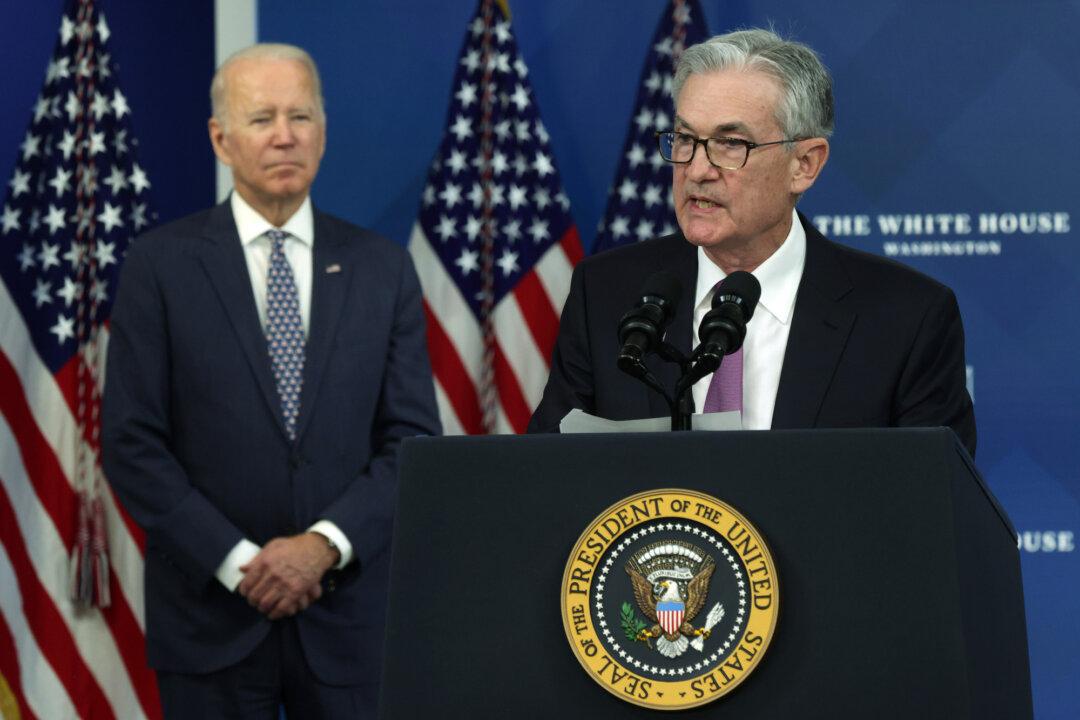News Analysis
The legacy of former Federal Reserve Chair Paul Volcker, a Ronald Reagan appointee, is frequently invoked by financial media outlets in light of today’s high inflation, which has reached levels not seen since these men occupied office.

The legacy of former Federal Reserve Chair Paul Volcker, a Ronald Reagan appointee, is frequently invoked by financial media outlets in light of today’s high inflation, which has reached levels not seen since these men occupied office.